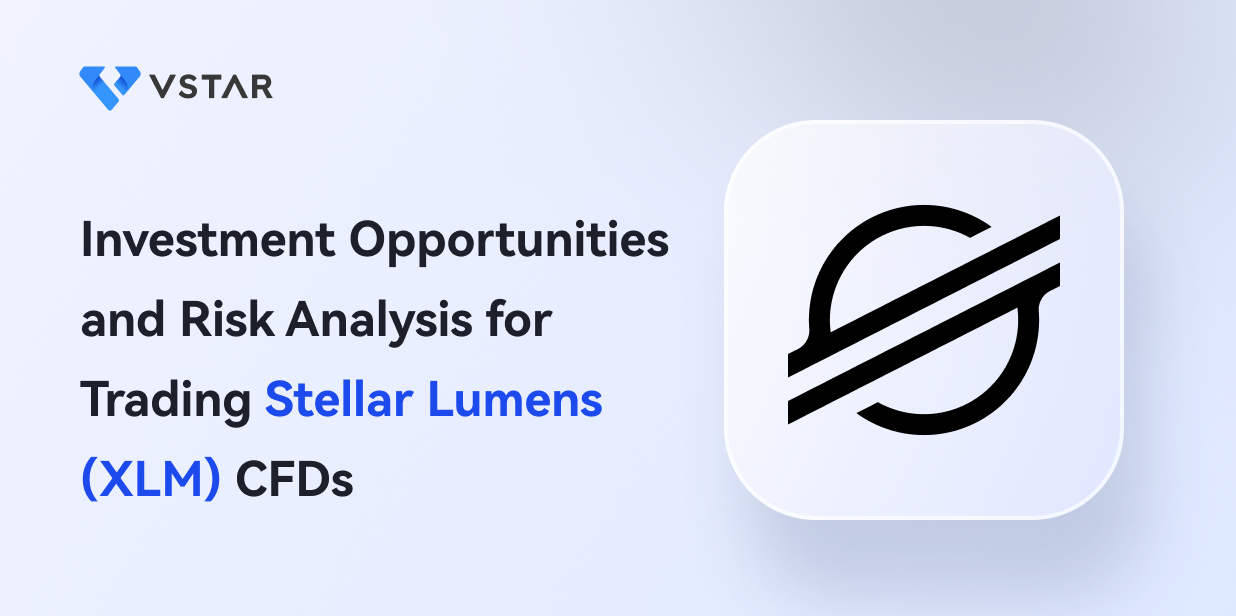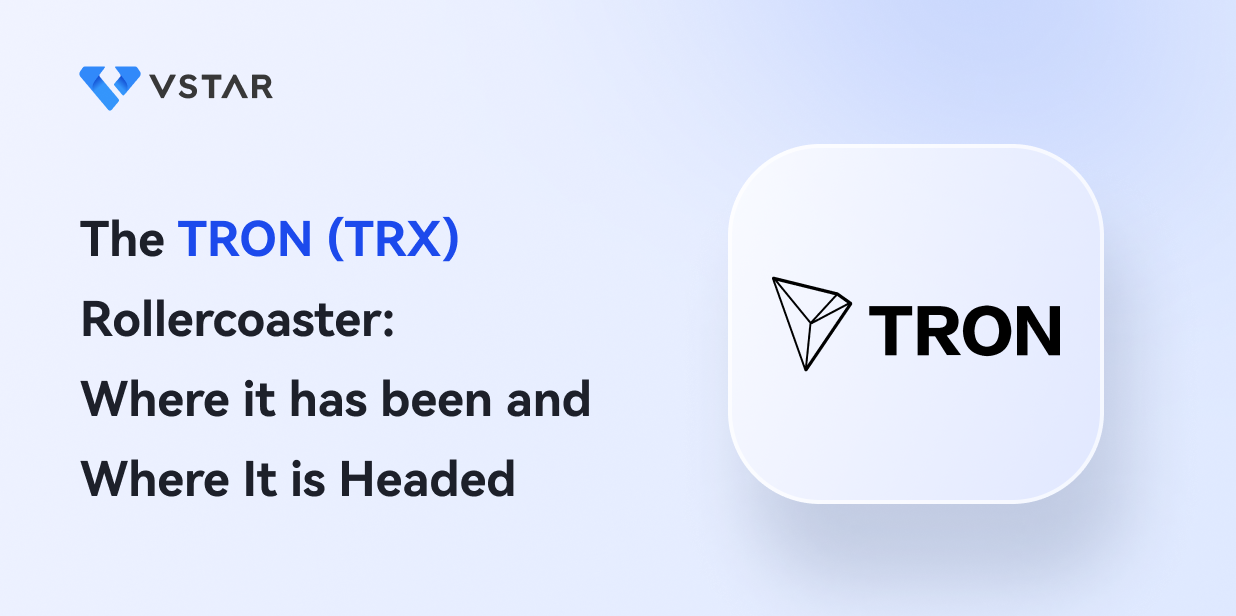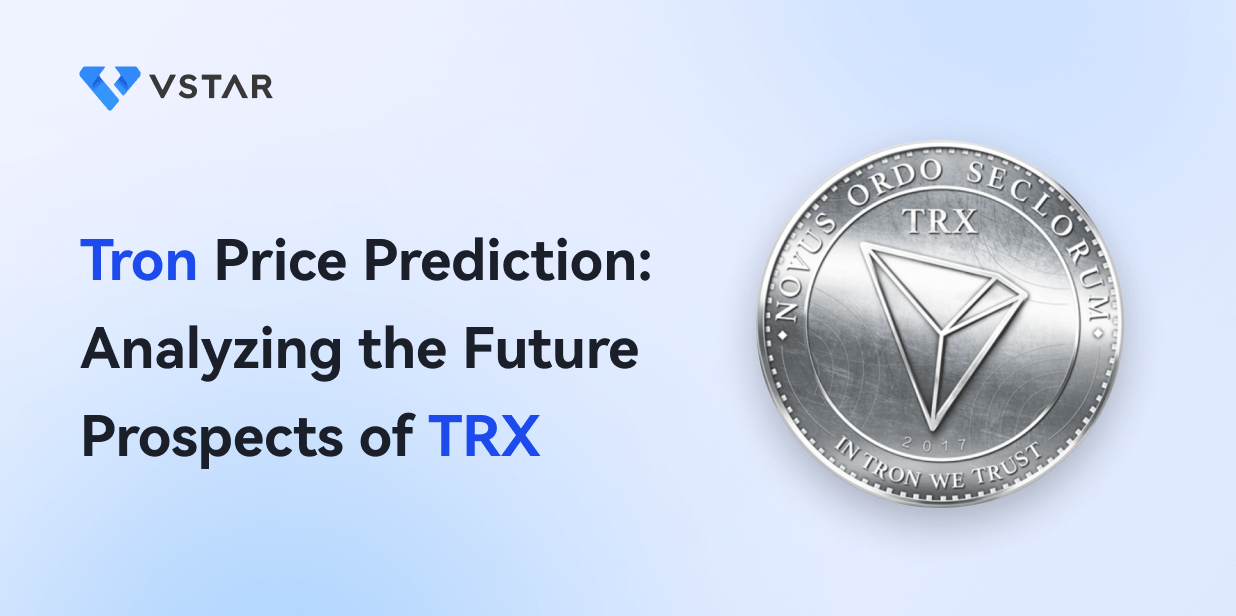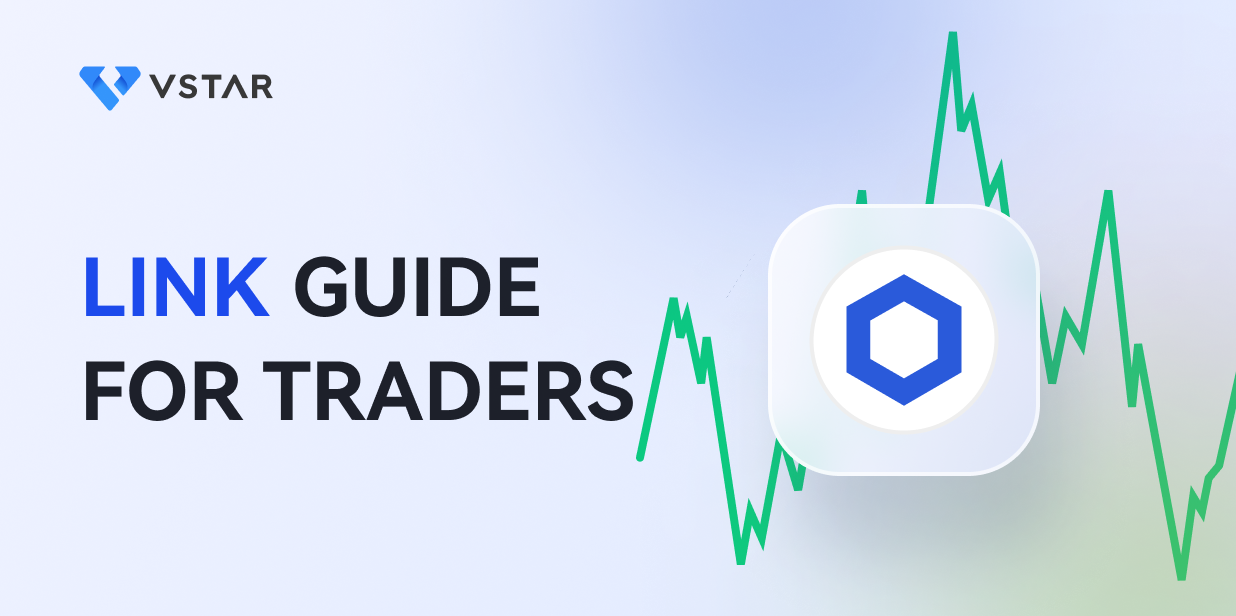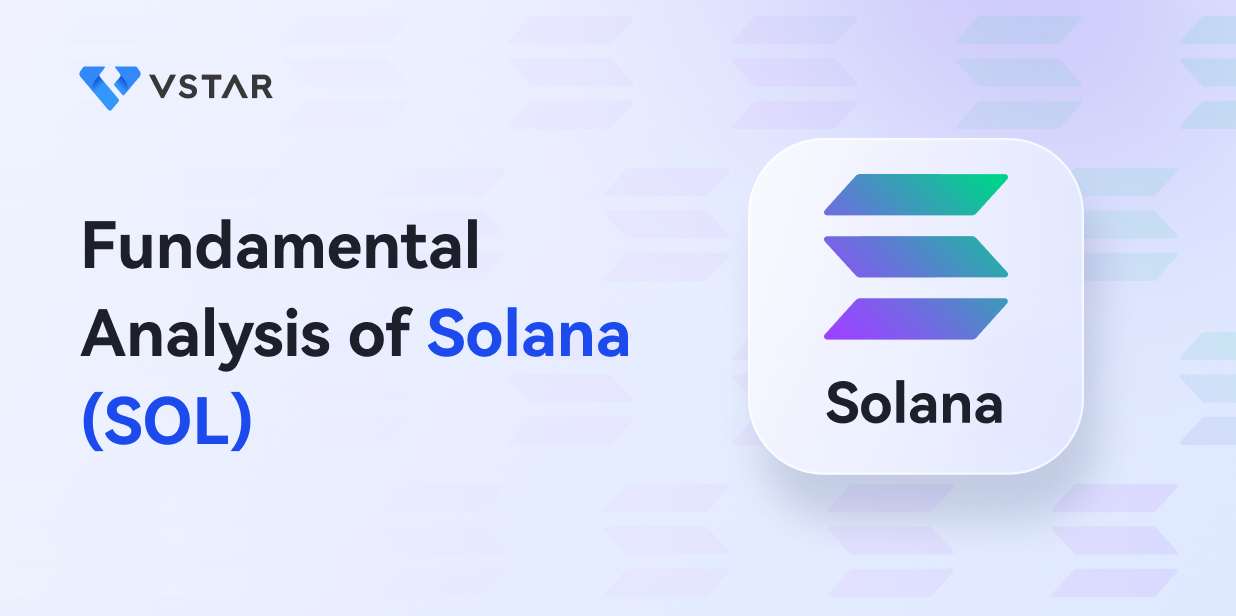Stellar blockchain is an open-source payment network that allows users to trade and send digital representations of currencies through the help of the Stellar Consensus Protocol. It’s known for enabling cross-border payments among currency pairs more efficiently and at a faster and cheaper rate compared to other blockchain-based systems. So, what exactly is Stellar Lumens (XLM)? It’s Stellar’s native cryptocurrency, incepted in 2014, and it’s used to pay transaction fees on the network.
As of the time of writing, XLM has a maximum supply of 50 billion coins and a circulating supply of 26.89 billion coins. It also ranks 25th among known cryptocurrencies based on its $2.17B market cap. Like other cryptocurrencies, XLM experiences some volatility making its value fluctuate. Consequently, traders can take advantage of that by trading XLM CFDs. But is XLM a good investment? And what are the merits that increase the risks in trading XLM CFDs? Keep reading: that’s what this post analyses down here.
Investment Opportunities
It’s quite important to evaluate the potential of a cryptocurrency before investing. Here are five investments opportunities for XLM that could boost its CFDs prices in the future:
1. Growth of the decentralized finance (DeFi) industry
The global decentralized finance market is growing significantly and is estimated to reach 231.19 billion by 2031 at a 46% CAGR from 2023 to 2030. Furthermore, the payment segment is expected to witness the fastest growth over the forecast period. Thanks to the continuous innovation, technological advancements, and super capable DeFi networks in the industry.
But here is the kicker: the rise of DeFi will ultimately create more opportunities for DeFi solutions, such as decentralized payments, due to increased mainstream adoption. Stellar is one of the blockchain networks likely to be positively impacted by the DeFi growth, not forgetting its great ability to process transactions quickly and reliably. As a result, it could boost XLM’s price.

2. Institutional interest
Some of the large institutional investors believe in the long-term value of blockchain and digital assets. As a result, their interest in this market is gradually growing. An EY Parthenon-research suggests that institutions are investing optimistically and cautiously, with most allocating 1% to 5% of their portfolios to digital assets or related products. Such changes could drive capital into XLM, it being a practical digital currency for transactions. With increased liquidity, XLM’s price could easily appreciate.
3. The success of Stellar-based projects
Stellar’s ecosystem keeps growing and supports over 60 blockchain projects and partnerships. Some of the top stellar-based projects include BitGo, IBM World Wire, Token X, Papaya, MoonPay, etc. Some of these projects have succeeded, and others are quite promising.
A breakthrough of projects leveraging Stellar technology will positively impact XLM’s confidence in the market. It would also attract the development of more projects and applications on the Stellar platform acting as anchors to facilitate usability and transactions in the market. Consequently, XLM’s price would also rise due to increased utility to complete transactions on the platform.
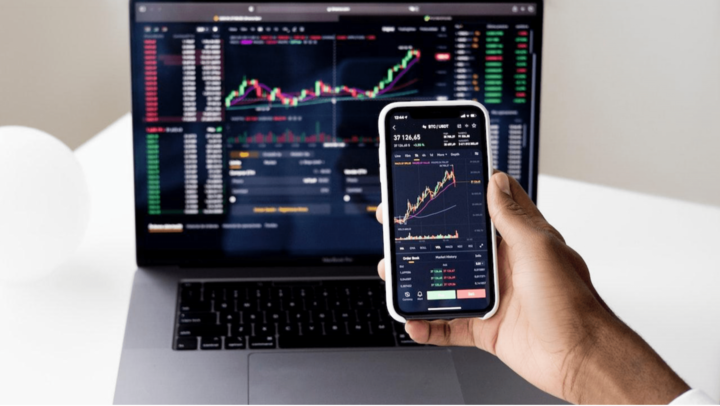
4. Speculation
Like in the traditional financial markets, speculation plays a critical role in the crypto market, particularly in price formation. Speculation is followed by price movement (volatility), creating an opportunity for CFD trading.
XLM remains a highly speculative investment. Therefore, when there is much excitement around blockchain or Altcoins, there could also be more speculations about XLM. Depending on the type of speculations (bullish or bearish), the price of XLM can go higher or lower over a certain period. Besides, speculation tends to add more liquidity to the crypto market due to increased trading activities which are good for CFD traders.
Consider watching key cryptocurrency events and announcements that could grab much of the XLM community attention.
5. Follow major market cycles
Often public perception or sentiments about cryptocurrencies tends to play out across the market, as seen in how it affects crypto prices. For instance, XLM prices tend to rise when the crypto market is in bull cycles and falls sharply in the bear market phase. Such cycles in the crypto market are driven by factors such as supply and demand, speculation, political influences, etc.
Following wider trends from either of the cycles could present you with remarkable trading opportunities. Therefore, learning how to identify the beginning and end points of a market cycle would give an edge in XLM CFD trading.
Risk Analysis

Now that you understand the potential investment opportunities for XLM, it’s equally important to understand the potential risks. Risk analysis is also essential when making investment decisions about digital assets.
1. Regulatory uncertainty
Currently, the regulatory framework around the blockchain and crypto industry is uncertain, and most cryptocurrencies, such as XLM, are operating in a legal gray zone in most countries. First, with such uncertainty, there is limited growth and mass adoption of XLM. Also, if the rules/regulations in the future are strictly banning or limiting cryptocurrency activities, it may weaken the demand for XLM and even drive down its value.
2. Strong competition
Despite facilitating cheaper, secure, faster transactions, Stellar faces intense competition from other blockchain networks such as Ripple, Ethereum, and Bitcoin. For instance, Ripple features a similar structure and imitations to those of Stellar in the world of finance. Also, both are focused on solving problems related to centralized financial institutions. However, Ripple seems to dominate the space, servicing hundreds of financial institutions over the years. On the other hand, Stellar focuses more on individuals and small businesses, especially in developing countries.
For this reason, XLM faces strong competition from cryptocurrency coins such as XRP. As a result, there could be less interest in XLM weighing its price which in the long run leads to limited adoption and utility in the market.

3. Lack of adoption
Stellar has been making headway when it comes to institutional adoption, but there is minimal adoption among other consumers. This can be attributed to its lack of better incentives for regular blockchain enthusiasts. For instance, there is no financial incentive like a mining reward to become a node on the Stellar platform; thus, only a few people are attracted to it.
Also, Stellar is relatively unpopular and only recognized by blockchain enthusiasts with a broad interest in the crypto space. Therefore, it barely reaches a wider audience leaving it with unknown dApps, which does little to boost XLM’s price.
If the Stellar network fails to gain meaningful real-world adoption over the long run, it may weaken enthusiasm. As a result, XLM will see value depreciation causing its price to fall.
4. Security issues
Security plays a significant element in the blockchain industry, and Stellar’s security system needs improvement. Stellar has only about 50 verified validators (which are heavily centralized around SDF nodes) on the network, increasing the chances of node collusion. Besides, it leaves room for attacks on its processing capabilities.
As seen with other blockchain networks in history, any breaches or issues compromising the Stellar network can seriously damage market confidence in its cryptocurrency. Therefore, leading to the price fall of XLM.
5. Price volatility
Generally, crypto assets are highly volatile, which is good for traders: it presents trading opportunities. However, it poses a higher risk. At times, XLM experiences frequent and intensified price fluctuations making it a high investment risk, especially when trading its CFDs. Historical volatility shows that XLM’s price can fluctuate even by 50% within a short period.
Therefore, it requires you to apply tight risk management. Creating a diversified portfolio of crypto assets with varying levels of risk could also help.
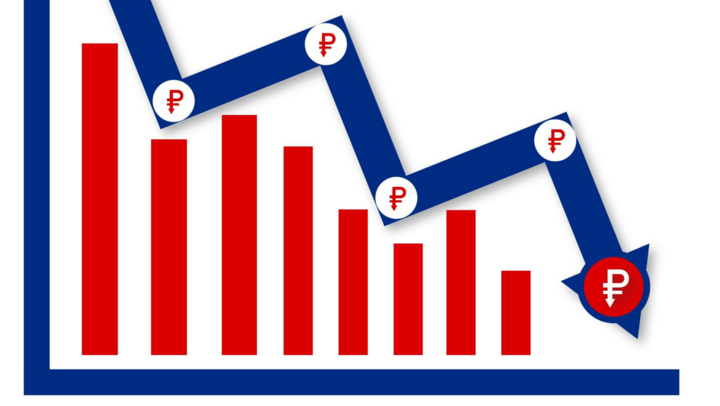
6. Liquidity risks
Liquidity is one of the factors that matters a lot in trading due to its ability to affect the price of an asset in the long run. XLM has reasonable liquidity, but in bear market times, the liquidity declines quickly. In such instances, your stop-loss orders will likely fail to fill at the intended prices. Also, prices can become volatile and difficult to predict. Worse of it all, accessing your funds for trading in a low-liquid market could be difficult.
You need to be on the lookout for factors such as key regulatory updates, institutional investments, low trading volume, and market manipulation to identify liquidity risks. They tend to disrupt (negatively and positively) liquidity in the market.
7. Inflation
XLM is an inflationary currency (it has an inflation mechanism built into its protocol) with a real inflation rate of 6.38%. A large number of XLM coins are already in circulation. Based on Stellar’s tokenmics, the circulating supply would limit XLM price gains if demand isn’t higher than supply.
On the other side, inflation shouldn’t be much of a concern, given that the maximum XLM coin amount has been largely distributed. Also, the Stellar Development Foundation (SDF) has a limited part of XLM supply.
Bottom line
Overall, XLM offers great investment opportunities in CFD trading given that it has reasonable liquidity and the Stellar platform attracts institutional investors. However, you must also be aware of the possible risks in XLM CFD trading and have a strategy that allows you to manage risk. Other factors that could help you determine the viability of a trading opportunity include your risk tolerance and overall market conditions.


Do you want the best platform to trade crypto CFDs? VSTAR is a regulated online trading platform that offers over 40 crypto CFDs and a 100:1 leverage. You also enjoy an extremely low and transparent trading cost.







